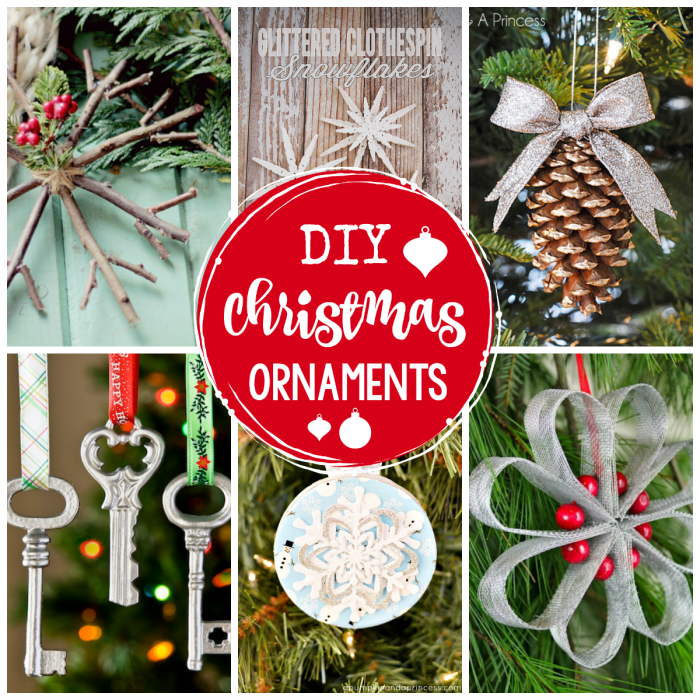Flower Structure and Characteristics
Plant with small purple flowers – Small purple flowers, while seemingly simple, exhibit a surprising diversity in their structure and characteristics, influencing their pollination strategies and overall ecological role. Their morphology is intricately linked to their interaction with the environment and the pollinators they attract.Petal Arrangement and MorphologySmall purple flowers typically display either radial (actinomorphic) or bilateral (zygomorphic) symmetry. Radial symmetry, where the flower can be divided into equal halves along multiple planes, is common in many species, such as those in the
- Asteraceae* family (daisies, sunflowers, though not purple). Bilateral symmetry, where only one plane of symmetry exists, is seen in other families like the
- Fabaceae* (legumes) and
- Orchidaceae* (orchids), although again, not always manifesting in purple hues. Petal shape varies considerably; some have simple, rounded petals, while others boast intricate lobes, fused petals forming tubes or spurs, or even modified petals that resemble sepals. Petal size, too, ranges widely, from minuscule structures barely visible to the naked eye to larger, more prominent petals that contribute significantly to the flower’s overall visual appeal.
The variations are influenced by evolutionary pressures, such as the type of pollinator and the environmental conditions the plant inhabits.
Pollinator AttractionThree common pollinators attracted to small purple flowers are bees, butterflies, and hoverflies. Bees, particularly those with short tongues, are drawn to flowers with readily accessible nectar and pollen, often with a robust structure capable of withstanding their landing. The purple color itself isn’t a universal attractant to bees, but the combination of color and other factors such as scent and nectar guides can be highly effective.
Butterflies, with their longer proboscises, favor flowers with deep nectar tubes or spurs, where the nectar is hidden from shorter-tongued insects. The purple color can serve as a visual cue for butterflies, which possess excellent color vision. Hoverflies, often mistaken for bees, are attracted to similar floral features as bees – readily accessible nectar and pollen, frequently found in open, radially symmetrical flowers.
Their preference for small, easily accessible flowers aligns with their body size and foraging behavior.Flower Anatomy DiagramImagine a simplified diagram of a typical small purple flower. A central pistil, comprising the stigma (receptive tip), style (connecting stalk), and ovary (containing ovules), is surrounded by several stamens. Each stamen consists of a filament (stalk) supporting the anther (pollen-producing sac).
These reproductive structures are enclosed by a whorl of petals, collectively forming the corolla. Beneath the petals lies the calyx, a whorl of sepals (usually green leaf-like structures) protecting the developing bud. The point where the petals and sepals attach is called the receptacle. Nectar often accumulates at the base of the flower, within the receptacle or at the base of the petals, attracting pollinators.
The overall structure, the relative lengths of the stamens and pistil, and the shape and size of the petals and sepals are all crucial aspects that dictate pollination efficiency.
Top FAQs: Plant With Small Purple Flowers
What is the best time of year to plant small purple flowering plants?
The best time depends on the specific plant species and your climate. Generally, spring or fall are ideal for most, allowing roots to establish before extreme temperatures.
How often should I water plants with small purple flowers?
Watering frequency varies depending on the plant, soil type, and weather. Aim for consistently moist soil, avoiding both overwatering and underwatering. Check soil moisture before watering.
Are there any poisonous small purple flowering plants I should be aware of?
Yes, some plants with small purple flowers are toxic. Always research the specific plant before handling or planting, especially if you have children or pets.
How can I prevent pests and diseases in my small purple flowering plants?
Good soil drainage, proper watering, and regular inspection for pests are key. Use organic pest control methods when necessary and avoid over-fertilizing.
The tiny purple blooms, almost hidden amongst the foliage, pulsed with a faint, otherworldly luminescence. Their delicate petals whispered secrets only the night wind could understand. One wonders, as their ethereal beauty captivated, whether the entire plant, not just the flowers, should be considered beautiful; the question of whether a plant can be considered a flower in its entirety is explored further at can plant be considered flowers.
Returning to the mystery of the purple flowers, a strange stillness hangs in the air around them, hinting at something more than meets the eye.







